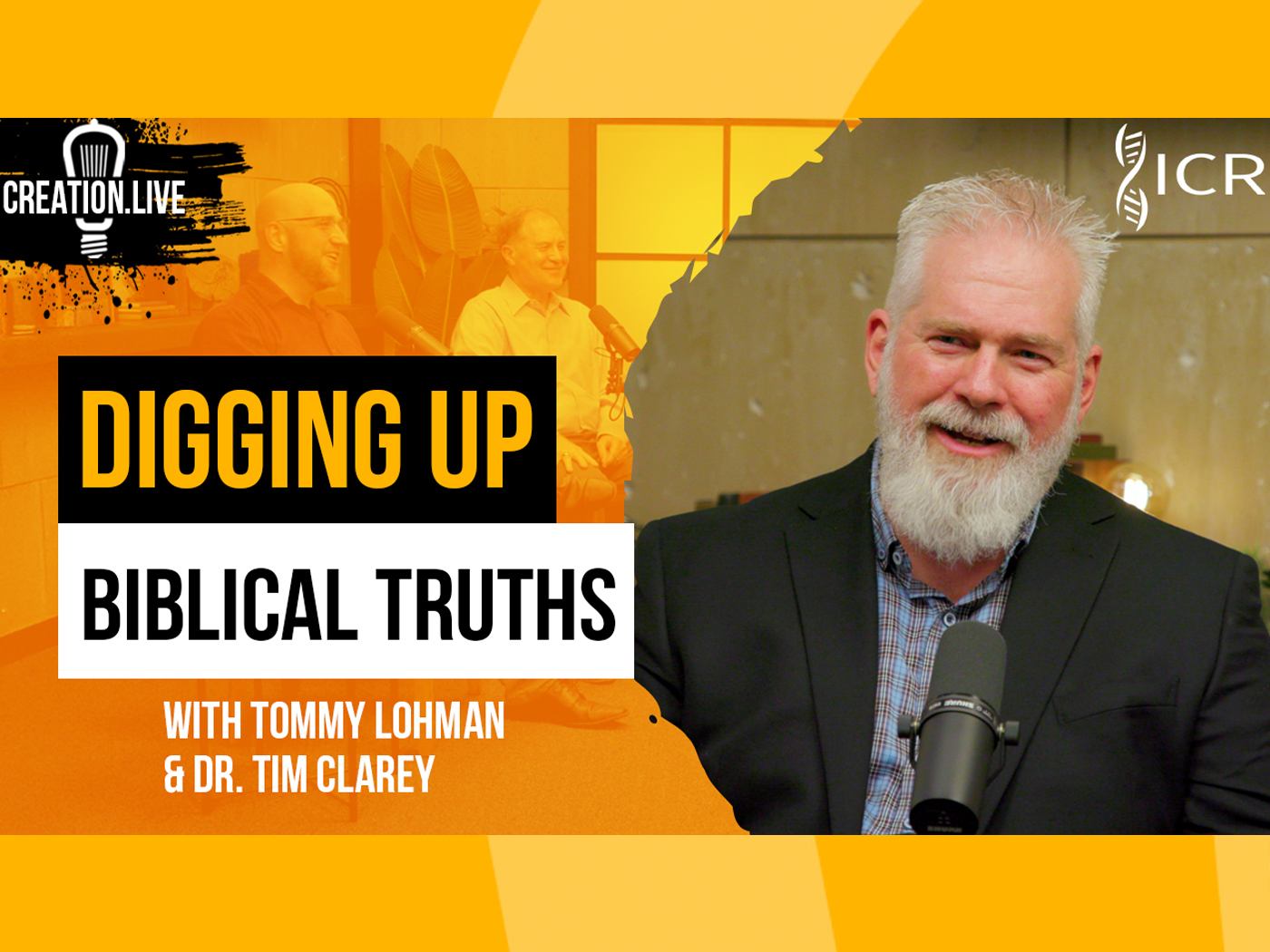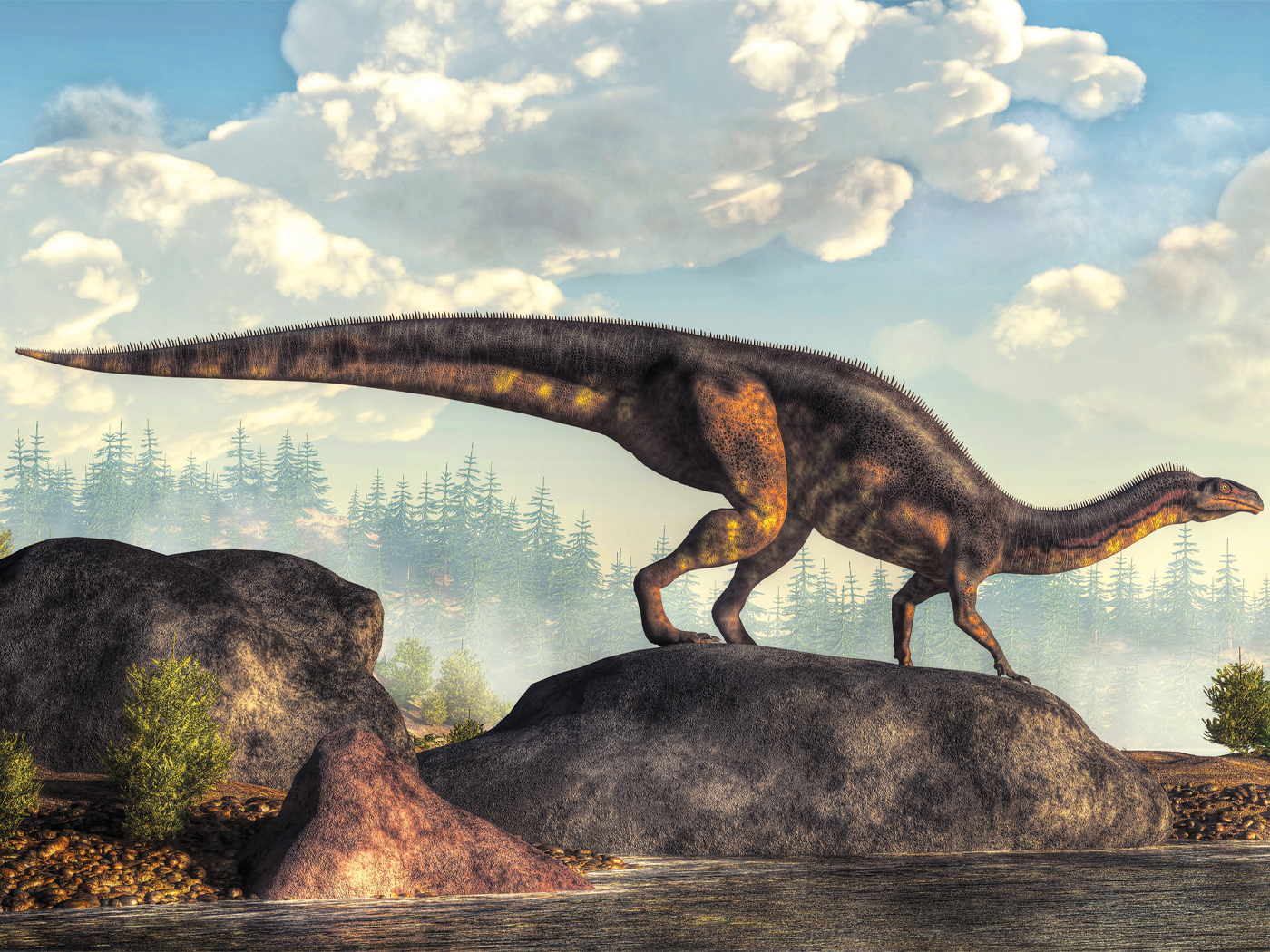Scientists have believed that certain salt deposits are millions of years old. Live bacteria found within the deposits, however, are calling those age assignments into question. A new theory has been offered to explain how the bacteria could have remained alive for untold eons, but how well does it hold up?
The bacteria were collected from a variety of halite (rock salt) deposits from deep underground. Some were found in tiny spaces that evidently developed when the salt was formed. A particularly problematic bacterium was discovered several years ago in the Salado Formation in New Mexico, which is over 1,700 feet below the earth's surface. Researchers were able to isolate and grow the bacterium, and have since been trying to figure out how it managed to live isolated in a tiny salt-bound tomb for the supposed 250 million years since the deposit formed.1
One possible explanation is that bacteria somehow migrated down into the tiny water-filled pockets called "fluid inclusions." However, there are no signs of tampering or any tiny cracks for them to have traveled through. And if the bacteria had really been locked in salt for millions of years, their DNA should have totally broken down long ago.2 Yet the DNA and its repair mechanisms in these live bacteria are still functional.
Bacteria, like all cellular life, are well-equipped with a wide range of DNA repair mechanisms, and more such mechanisms are continually being discovered.3 But all these systems require a source of energy to operate. Scientists have now found algae cells in association with salt-tolerant bacteria, and this has prompted them to hypothesize that the algae provided a source of energy for these mysterious salt-trapped bacteria.
Publishing in the journal GSA Today, a team of researchers compared the underground salt-encased fluid inclusions to similar ones near the earth's surface. They found that salt-tolerant algae is quite common at and near the surface of salty deposits in California, including in Death Valley and Saline Valley. While actively metabolizing, these algae produce glycerin molecules, and the researchers hypothesize that this glycerin could have been used as an energy and carbon source for nearby bacteria.4
Though the interaction between algae and bacteria near the earth's surface may help explain why some salt-trapped bacteria remain alive for many years, there are at least two reasons the study authors' observations cannot explain why bacteria from deep underground would be living after supposedly millions of years of burial.
First, the researchers attempted to culture bacteria from the California sites about 900 times, and only four attempts grew bacteria in the lab. None grew from the Death Valley samples, which were the ones from the halite deposits that most closely resembled the source of the controversial New Mexico samples. If the hypothesis about algae fueling bacteria was accurate, then living bacteria should have been observed in the Death Valley samples.
The researchers did find algal cells in the deep Death Valley halite deposits, but these formed "a 'stew' in various stages of disintegration."4 They suggested that any deeply ensconced salt-loving bacteria that were originally present had since died. But the conjecture that no-longer-present bacteria may have once been nourished by what is now a "stew" of decayed algae does not support the hypothesis that live algae have been supplying glycerin to living bacteria buried for millions of years.
A second reason why the "glycerol hypothesis" falls short is because the algae need light to grow and sunlight does not penetrate hundreds of feet below ground.
So, even if the trapped bacteria survived on algae debris for a time, eventually that nutrient supply would cease. Then the bacteria would have had to enter their spore stage…a preservative "wait" mode. Even in this mode, however, their DNA would eventually degenerate. These bacteria and the salt formations in which they are found cannot be millions of years old.
This find is consistent with many other data that refute standard age dating results.5 It makes more sense that these bacteria were deposited in the salt only a few thousand years ago, around the same time the Genesis Flood occurred.6
References
- Vreeland, R. H., W. D. Rosenzweig and D. W. Powers. 2000. Isolation of a 250 million-year-old halotolerant bacterium from a primary salt crystal. Nature. 407 (6806): 897-900.
- Criswell, D. How Soon Will Jurassic Park Open? Acts & Facts. 35 (6).
- For example, in late 2010, a new protein named Rad18 was found to play an important role in the cell's regulation, detection, and repair of damaged DNA. See Day, T. A. et al. 2010. Phosphorylated Rad18 directs DNA polymerase η to sites of stalled replication. Journal of Cell Biology. 191 (5): 953-966.
- Lowenstein, T. K., B. A. Schubert and M. N. Timofeeff. 2011. Microbial communities in fluid inclusions and long-term survival in halite. GSA Today. 21 (1): 4-9.
- For example, see Snelling, A. 2004. Radioisotope Dating of Grand Canyon Rocks: Another Devastating Failure for Long-Age Geology. Acts & Facts. 33 (10).
- Morris, J. 2002. Does Salt Come from Evaporated Sea Water? Acts & Facts. 31 (11).
* Mr. Thomas is Science Writer at the Institute for Creation Research.
Article posted on February 7, 2011.




















